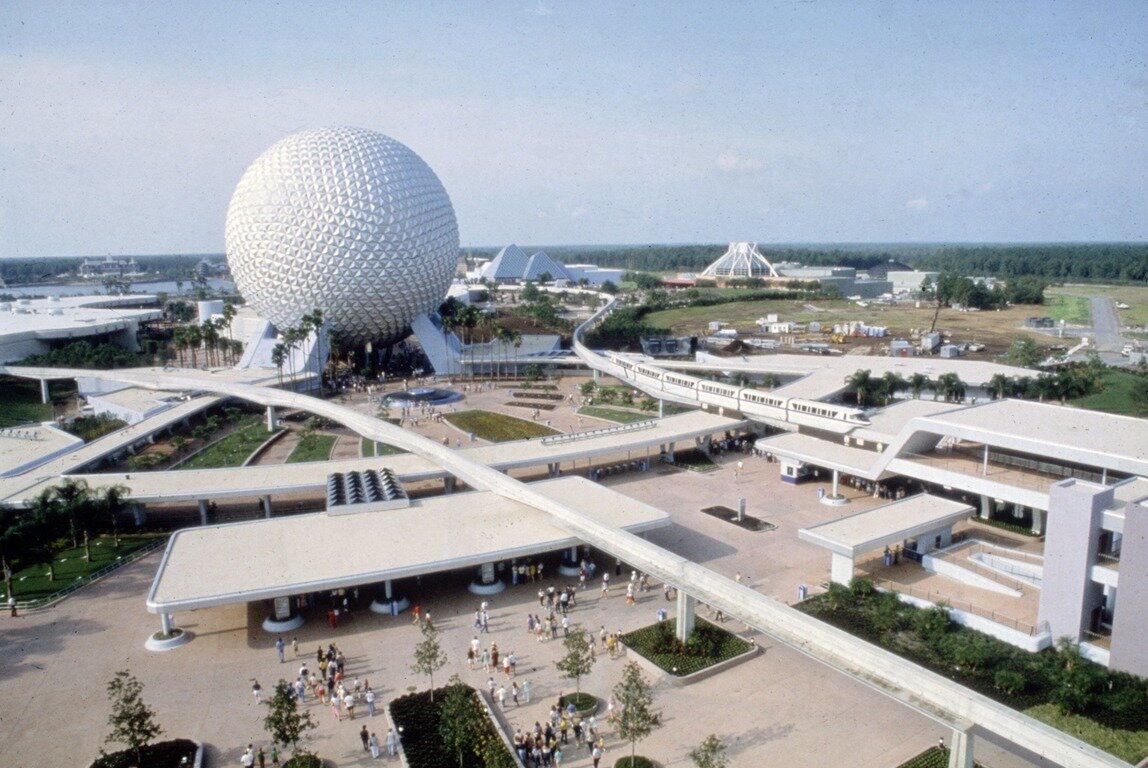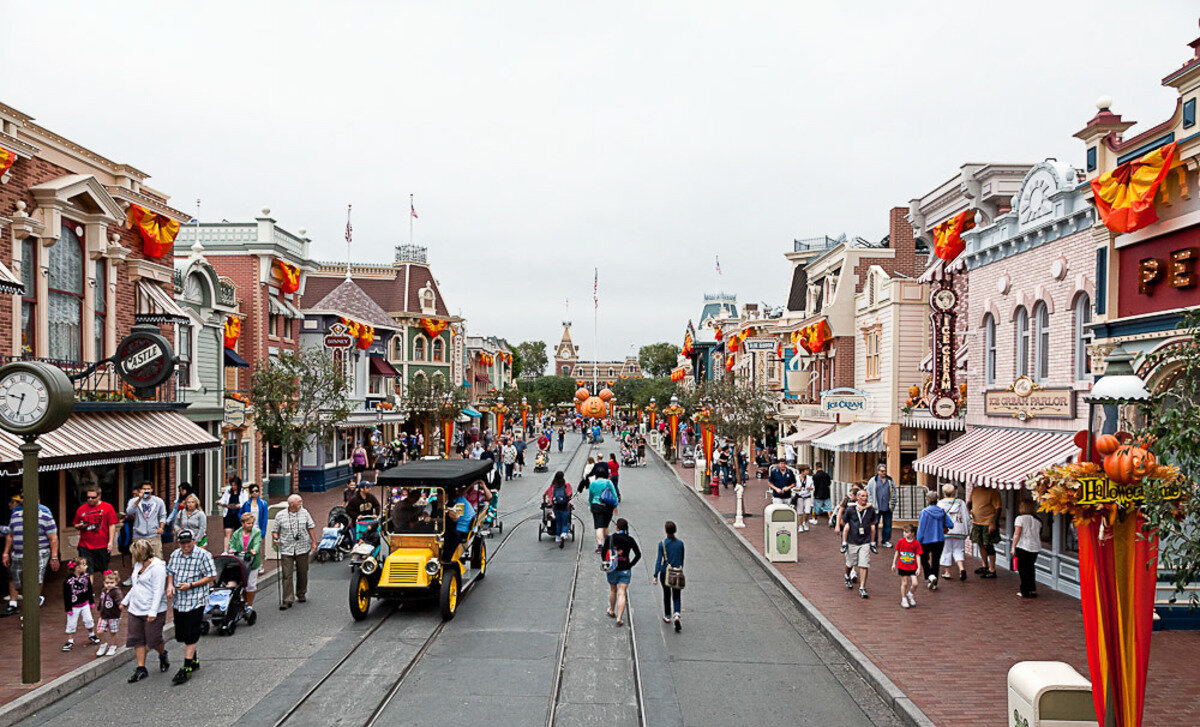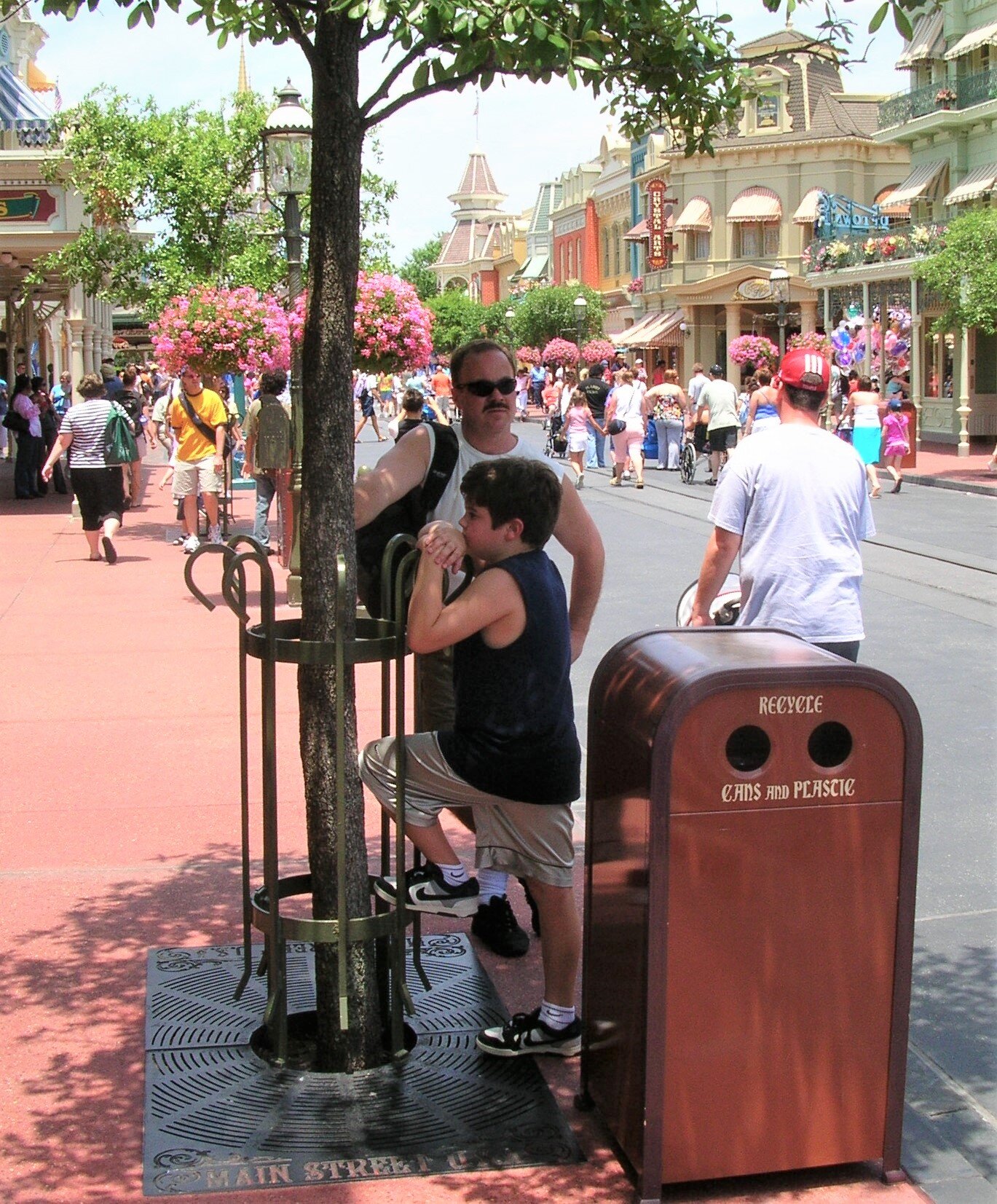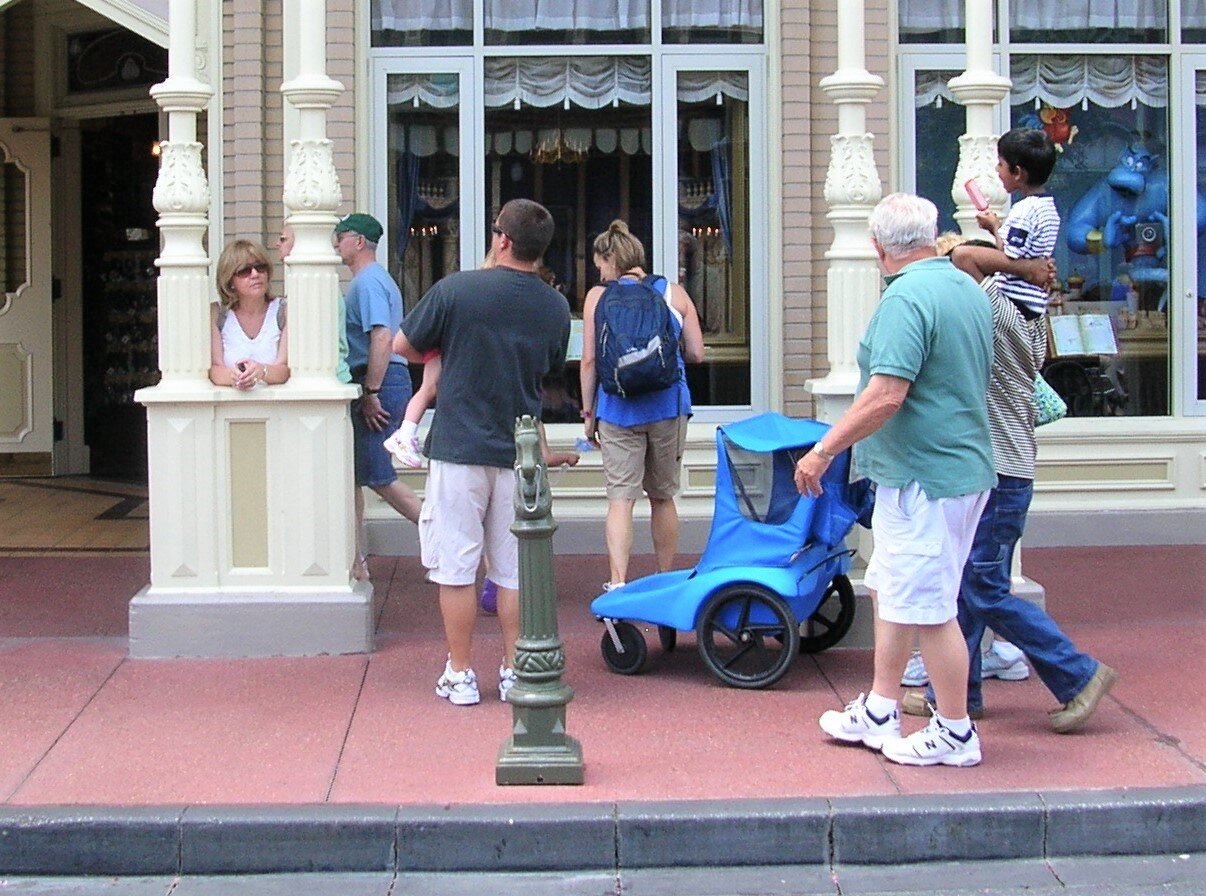I only went to Disney World once, and it was for work. I was keynoting a conference about creating great places through landscape, and placemaking was an important concept to them. Disney World is an amazing project – not my cup of tea but I admire the superb finish they put on their environments. In some ways they prove many points we placemakers make about how to design, program and manage our public spaces – it’s just that everything they do is so exaggerated that we laugh it off.
But we can also learn from the Disney experiment.
During my visit, one of the Disney staff told me the funniest thing. That there was this ongoing problem with families visiting Epcot – that when crossing its big open plazas toddlers would suddenly give up and have a full-blown tantrum. The concrete void was just too much for young children. It was like crossing a desert.

This is such a distillation of how I feel too when I’m in an environment that isn’t scaled to the human body… that wasn’t designed with the user in mind. I think we all experience inner tantrums when we’re in a bad space.
By comparison, Main Street USA, just down the road from Epcot, is the complete opposite type of environment. Its row of buildings built at a 5/8 scale is encrusted with details and distractions that stimulate the senses. There’s a new shop or restaurant every ten feet. I found people hanging on every lamppost and sitting on every step…the sense of comfort was all around.


Affordances in the Urban Environment
How do we help that toddler in all of us, and what can planners and designers do to predictably achieve those places that are full of people and an enduring pleasure to be in?
How about using the Theory of Affordances, one of my favorite unsung theories that urbanists should be using? “The affordances of the environment are what it offers the animal, what it provides or furnishes, either for good or ill…. It implies the complementarity of the animal and the environment.” That’s the definition of an “affordance” by the man who invented the term, and one of my heroes, J.J. Gibson.
Put another way, people are attracted to and relate to the functions of their environment – a bench affords sitting, a ledge at the right height may afford setting down your coffee cup… even a doorknob is an “affordance” for a potential behavior –i.e. opening a door.
The selection and placement of buildings, steps, ledges, furniture, landscaping, and myriad other program elements (affordances) go a long way in creating the sense that we’re in a habitable environment. Any toddler will rightly deduce that a vast concrete plaza between featureless buildings is not habitable. To a toddler, that’s an existential threat – time for a meltdown.

The choice of affordances affects who uses a space and its surrounding areas – so if families and young children are an important audience to attract to downtown, then we can select and create affordances in our landscapes and public spaces with details and graspable objects at a height where children could explore and climb. Family-friendly park programming can be timed to match peak shopping hours on adjacent streets, and even toys and sandboxes could be provided at those times, with coffee, hot chocolate, and seating for parents.
Affordances in Design Practice
The Theory of Affordances is actively used by designers whose job it is to prioritize usability and intuitive interfaces:
- Device designers used it when they made the iPhone and suddenly made smartphones easy to use.
- UX designers use it to make sure their interfaces are intuitive and useful.
- Industrial designers have used the concept very consciously ever since Don Norman’s seminal book The Design of Everyday Things.
But urban designers and architects? I have yet to find one—if you’re out there please get in touch, because I want to know about you. Where are the architects or landscape architects who see the exciting potential in this idea? For myself, I rely on the theory every time I am evaluating a place, and whether it can perform better and be richer.
Walt Disney’s idea for Epcot sprang from the modernist ideas of his day for planning and architecture. Now, just like the rest of urban America, Epcot is under a complete retrofit, addressing the fact that many of the modernist ideas failed. A big section of Epcot is being torn out and replaced by the latest and greatest urban idea — “neighborhoods.” How’d they come up with that idea!?


